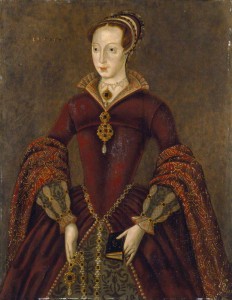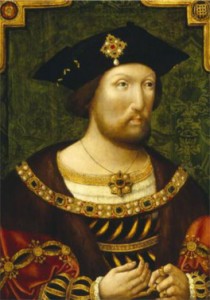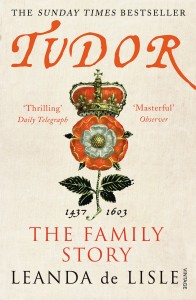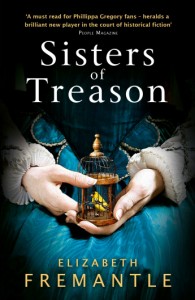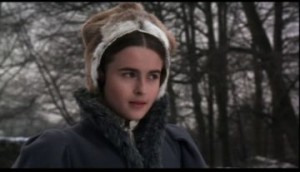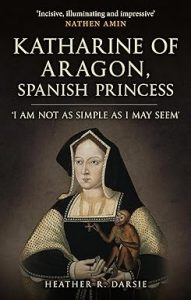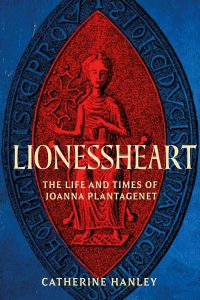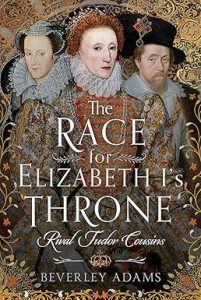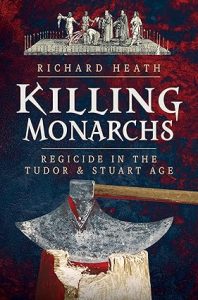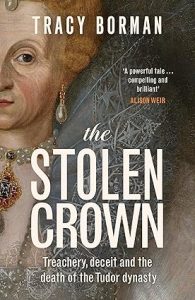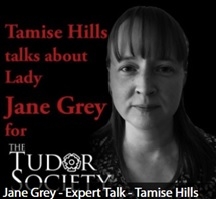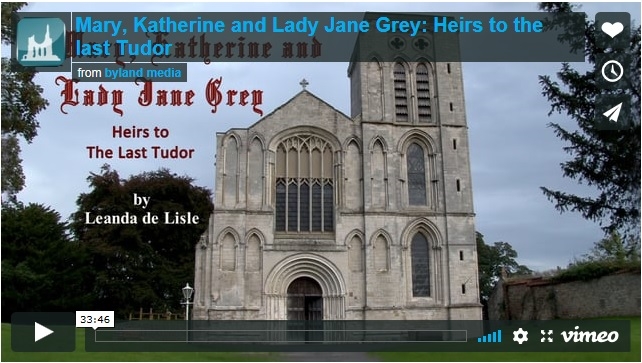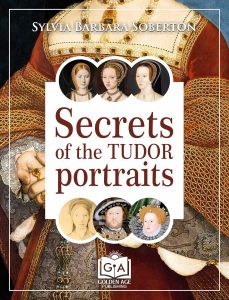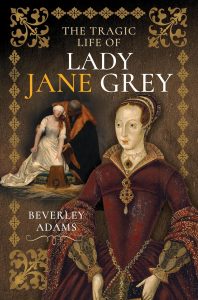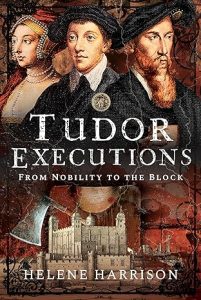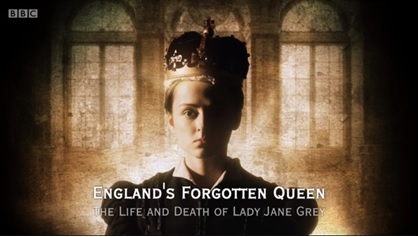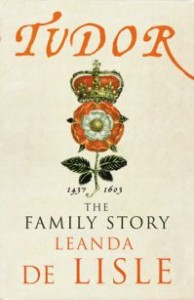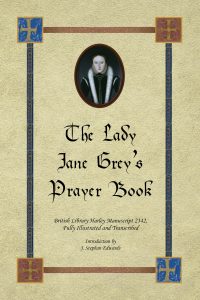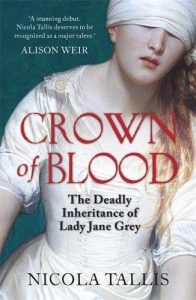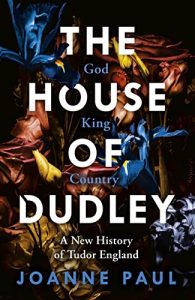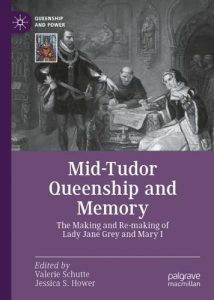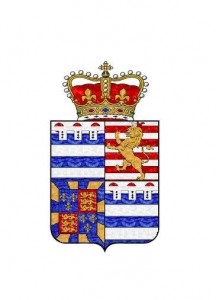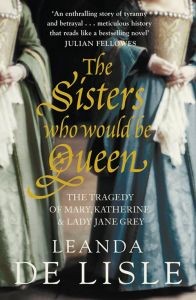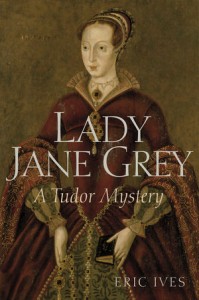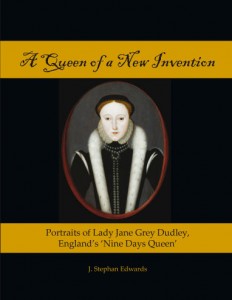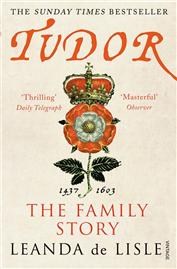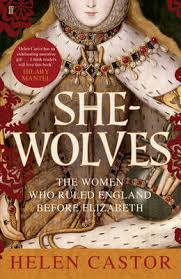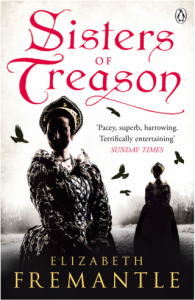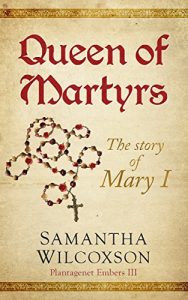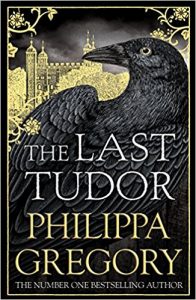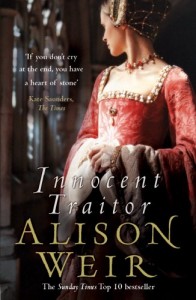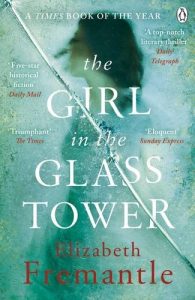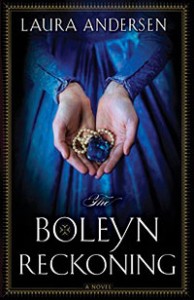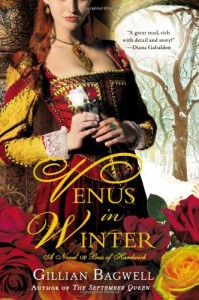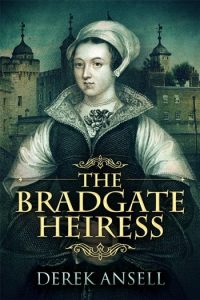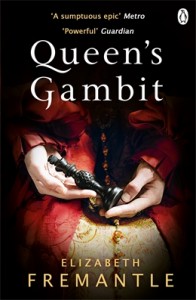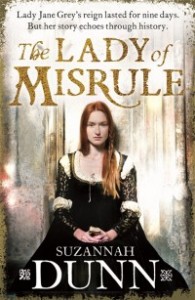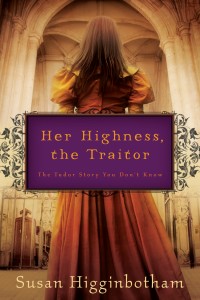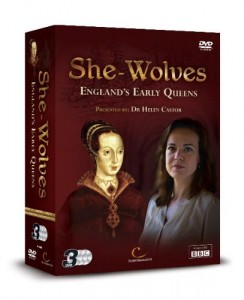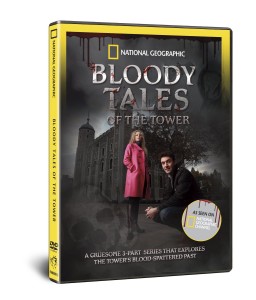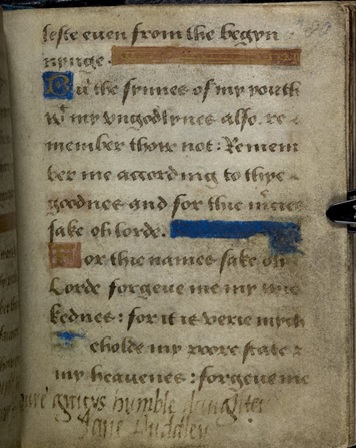Thank you to everyone who entered the competition. Elizabeth Fremantle has very kindly answered all the questions that were submitted.
Barry
Not so much a questions as a request. Having read Queens Gambit and thinking it was excellent, have thought about writing a book myself, I already have the core of the story but want to set it in the Elizabethan era. Do you have any recommendations of the best places I should look (bibliography etc) for some historical social history to make it much more sure footed?
I’d recommend, as a good place to start, Ian Mortimer’s The Time Traveller’s Guide to Elizabethan England. It will point you in the direction of other excellent texts. Otherwise there is a fairly comprehensive book list in the back of Sisters of Treason.
Kathryn
There isn’t that much written about Lady Mary Grey (fiction and non fiction) why is this and do you think her other sisters had a good relationship with her?
I think perhaps people have shunned writing about Mary because she was disabled. That was something that I wanted to focus on specifically – to draw a character who despite severe physical challenges, was spirited and defiant and courageous enough to strike out for personal happiness at great risk. I have not read anywhere that Mary’s relationship with her sisters was problematic and in the novel I have depicted them as very close.
Helene
What do you think about history being fictionalised and how far is it okay to change the facts to suit an end?
Personally, in my own work, I feel it is important to stick to the historical facts as we know them but at such a distance there are many gaps and grey areas; it is in these spaces I give reign to creativity. I am primarily interested in the people themselves and not how they might fit into my fictional scheme, rather it is the fictional scheme that must be made to fit them, if that makes sense. Obviously we are not party to the thoughts and feelings of people who lived four and a half centuries ago and, as fiction is usually character led and character must be drawn from the inside out, then perhaps that is where the greatest invention lies. That is my own method of working and I certainly prefer to read historically accurate novels, but I believe that writers of fiction must approach history in the way that best suits their own particular project.
Patricia
Did Lady Mary and Lady Catherine grow up at Bradgate in Leicestershire?
Yes, Bradgate was one of the Grey family’s homes and the girls certainly spent some of their childhood there. In those days the nobility moved about a good deal between their estates but Bradgate was, I believe, the main family residence.
Hamish
Why do you think Elizabeth never had her mother’s marriage legalised thus wiping away her illegitimacy and do you think she really was concerned about Katherine Grey’s claim to the throne or was she merely using this as a pretext to rid herself of a person who was seen by some to have a more legitimate claim?
Perhaps Elizabeth felt that seeking to legalise her mother’s marriage might have suggested that she didn’t believe fully in her own legitimacy. It’s hard to know what her particular motives might have been for such things at such a distance in time, so one can only speculate. I do believe that she was concerned about Katherine Grey’s claim – it was a strong one and supported by her father’s act of succession – but then again she was concerned about any possible claimants weakening her position. It is generally supposed that she refused to name a successor for fear of losing her own position to them, which makes sense, but was disastrous for the country, particularly towards the end of her reign. In the case of the Greys she always viewed them as traitor stock, though how she reconciled that with her close relationship to Robert Dudley, whose brother and father were caught up in the same treachery, I do not know.
Tracie
When writing about a historical character of which not much is known, how do you decide what to do in order to “flesh them out”? Is there a certain reference method you use, or is it mostly author creative licensing?
It really depends on the individual character. If we know some things about an individual’s life then we can come to an understanding of how and why they went from point A to point B and the choices they might have made to get there. Even if very little is known about a person it is important to be armed with as much knowledge about the situation, environment and people around them, and from that extrapolate a sense of what that individual’s place might have been within that. I then try to get under the skin of the known facts and into the humanity beneath. From there a character begins to emerge but it is always an act of imagination, because however much historical record we have about people from the past we rarely, unless they have left very intimate letters, get a glimpse into their souls.
Catherine
I’d be interested in your view of Frances Gray & her relationship with the girls, do you agree with Leanda De Lisle that she’s a much maligned character?
I do indeed agree with Leanda de Lisle that poor Frances Grey has been misjudged. Just think of that portrait of stern, matronly Lady Dacre and her son, which was long assumed to be of Frances and her second husband and used as a way to judge her as lascivious and cradle-snatching. In fact Frances’s second husband Adrian Stokes was only a couple of years her junior. It makes one realise that the truth can become buried beneath supposition and judgement, so I felt compelled to depict Frances differently in Sisters of Treason.
Zoe
I am interested to know your thoughts on Henry’s true feelings towards Anne of Cleeves. Do you believe he regretted his disregard of her considering their later friendship? And would things have been different for them had the young Catherine Howard not caught his eye?
It’s impossible to know what Henry truly thought of Anne of Cleves but my impression is that he was simply not attracted to her – a question of chemistry – and that Katherine Howard had nothing to do with the outcome of their marriage. There was a political agenda behind the marriage which had been eclipsed rather quickly, so the match, from a perspective of international connections, had lost it’s allure too.
Eliza
Do you think that Lady Jane Grey wanted to become Queen? Did she see this as her mission in life or she was just doing her parents’ bid?
There is a case to be made for thinking that she might have felt it was God’s wish for her and, as she was particularly devout, she might have welcomed it for that reason, however reluctantly. So perhaps it is obedience to God rather than just her parents, though there is little doubt she was manipulated by Northumberland and her father.
Alex
Which book did you most enjoy writing, ‘Queen’s Gambit’ or ‘Sisters of Treason?’
Queen’s Gambit was more of a challenge, perhaps because it was my first historical novel; after the second draft it simply wasn’t working, so I had to scrap everything I’d written and start again from scratch. That experience taught me much and so I came to Sisters of Treason armed with that knowledge. But the truth is I simply enjoy the writing and the research, however difficult it is.
Ellie
Do you think that Philip of Spain would have married Mary I, if Jane Grey had not been executed?
It is unlikely, because she would have had little international prestige in such a situation. Philip of spain was one of the most powerful figures in Europe and would have only married a woman who could have brought with her important connections.
Suzanne
Have you visited any places connected with the Grey sisters?
I spend some of my research time visiting the sites connected with my characters and as the Grey girls were at court they will have lived at Hampton Court, which is the best surviving example of the Royal palaces along the Thames. The Tower of London too, offers insights into Katherine’s incarceration and of course Bradgate Park, though a ruin, remains an inspiration.
Kat
Which of the Grey sisters did you enjoy writing about the most?
Probably Mary Grey: she was hugely demanding because it took a leap of imagination and a good deal of research to try and understand what it might have been for her with the physical challenges she faced. But when I finally began to find her voice her character became increasingly appealing.
Rachel
Do you think Edward Seymour really loved Katherine or loved the idea of the throne more?
To answer this properly would mean a spoiler for the novel so I’m afraid I will have to leave you hanging.
Dominique
After what happened to Katherine, why do you think Mary risked marrying?
And again, as with the previous question, I fear answering this would spoil people’s enjoyment of the novel.
Marie
As a child I was force fed a diet of Georgette Heyer, which I think of as historical fiction junk food! But which authors did you read growing up that inspired you to choose this particular fiction genre?
I read voraciously as a child and loved the novels of Jean Plaidy and all her many pseudonyms. Astonishingly she wrote three books a year, so inevitably some were better than others, but I didn’t care about that as the stories were so absorbing and they certainly sewed the seed of my fascination for women in history.

